10 Ways To Mix A Track
It’s time to mix your tune. Here are some pro ideas to take your mix up a level and let your musical ideas shine through… 1: Keep it Simple Keep it simple, with just one or two great sounds which could make your track With technology comes options – many, many options. You can […]
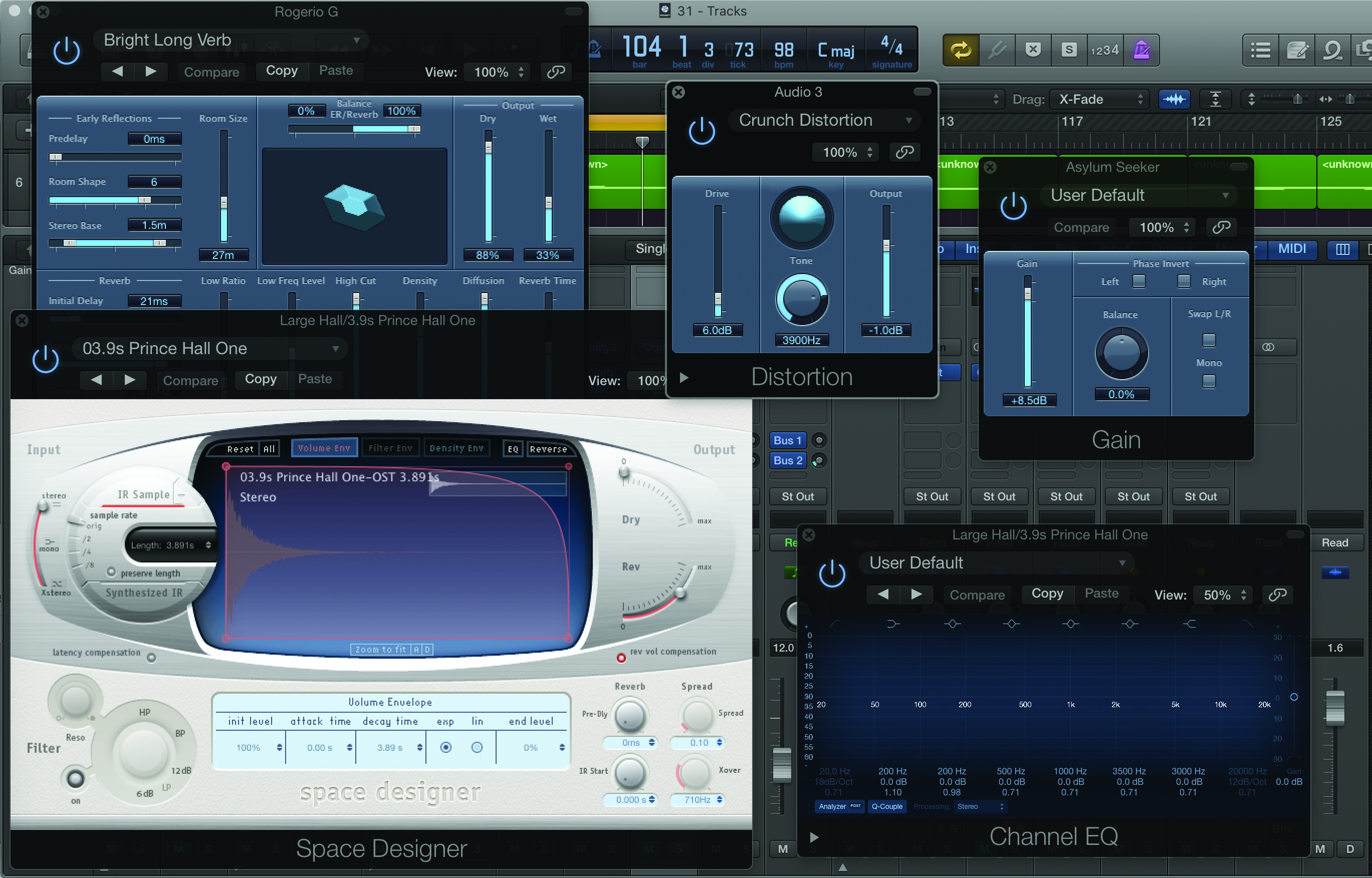
It’s time to mix your tune. Here are some pro ideas to take your mix up a level and let your musical ideas shine through…
1: Keep it Simple
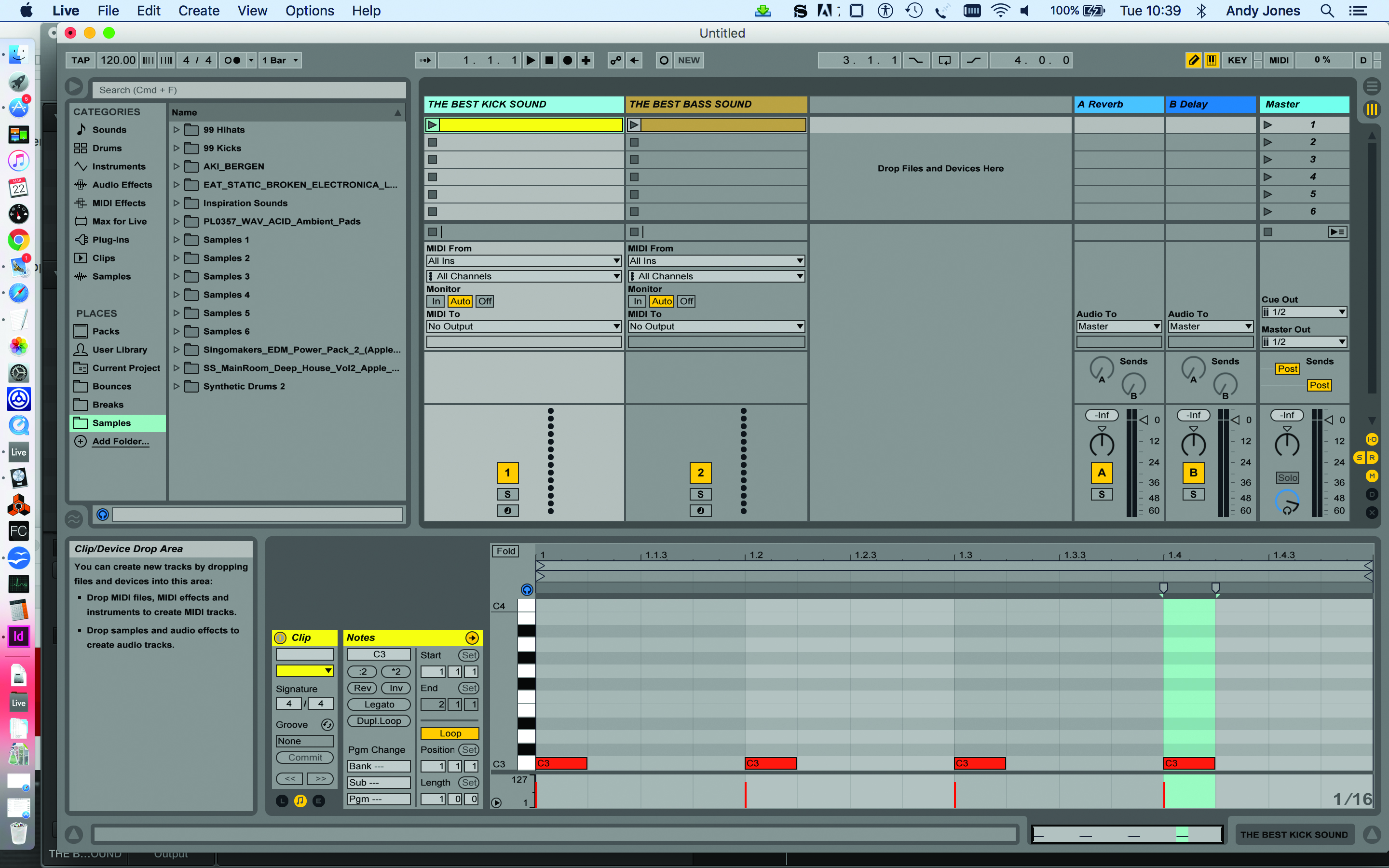
Keep it simple, with just one or two great sounds which could make your track
With technology comes options – many, many options. You can layer many audio tracks together, plus a whole bunch of soft synths and instruments. But do you really want to do that? Wouldn’t your tune work better with one great sound, rather than 10 mediocre ones?
Do classic pieces of popular music all rely on massive mixes? Okay, some do, but more memorable songs rely on a great hook or a well-produced individual sound, rather than walls of many sounds. With dance music, especially, if you get a great kick or bass sound, you are 90-per-cent there, and the rest is all about the arrangement. Spend time on getting your core sounds right and the rest will follow… But not too much time, mind…
2: Take a Break

Yes, we are recommended playing video games. Only maybe not Fallout 4, as you might be playing for a while.
As cool as spending the whole night mixing sounds or how good a day’s eight-hour session at the monitors feels, the truth is that the longer you spend listening to one mix, the more negatives will come from the experience than positives. Firstly, your ears will get tired and then so will your brain.
You’ll start edging volume levels up across the board until you are mixing at excessive levels and your ears will soon start ringing. Your brain will start to turn to glue and your decision making will suffer; you’ll soon go from making vital and essential tweaks to undoing all the good work you put in at the start of your sessions.
So, stop! Hold on a minute! While distractions can be regarded as your enemy at the start of the production and compositional process, they might well be your friends here. A good video game or pool table might be just the accessory your studio needs. Just make sure you return to your mix at some point, though…
3: Loud. Loud. Loud
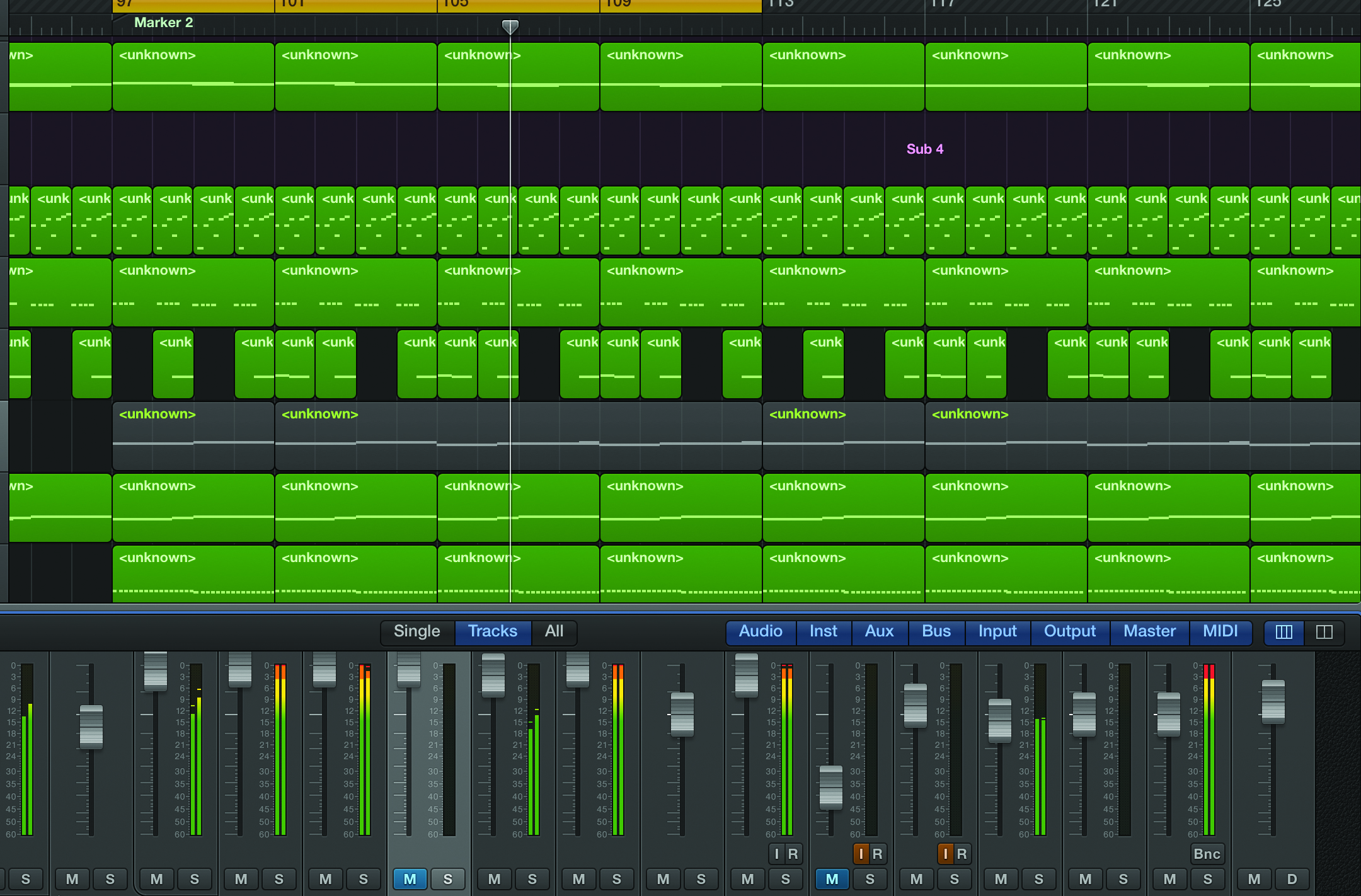
Don’t let those levels get too loud. Here they are in Logic going into the red
While we’re talking volume, you might find that you end up with the kind of ‘mix creep’ mentioned earlier, especially over longer sessions; but you should always try and reduce volume levels, no matter how long your sessions are. You can give your mix the odd big blast just to make sure it kicks at high levels, but always bring it back down for the main mixing session. Remember that a really well-engineered mix will sound good at any level.
4: Fill it up, But Not Right to the Top

One simple way to mix is to consider your mix in the positions that a band traditionally takes on stage, and pan the instruments accordingly
One of our favourite mix analogies is to consider your mix not only as a stereo left-to-right picture, but also as one going up and down. By this, we mean that when panning, think about filling the space ‘left to right’, and if it’s a band you’re mixing, consider using the positions of the band members as they would play on a stage as references for your main positions within the mix.
And when EQ-ing, you could do worse than thinking ‘top to bottom’. Your low-end frequencies are at ground level, and your highs are, well, at the top. In this way, you can use judicious panning and EQ to ‘fill up’ the entire picture. But having said that, don’t fill your picture up completely…
5: Breathe More Easily

If you have a vocalist like Adele in your song, then the last thing you want to do is crowd her out of the track
Use your mixing skills to allow the most important parts of your mix to breathe. If you happen to have Adele in your studio, the last thing you want to do is mask her voice with a bunch of things that sit in the EQ range or pan position of her vocal part.
Move everything away from the most important part of your mix and give it room. If necessary, don’t shy away from using EQ reduction to help take other mix elements away from the most outstanding part of your tune.
6: Compress and Limit
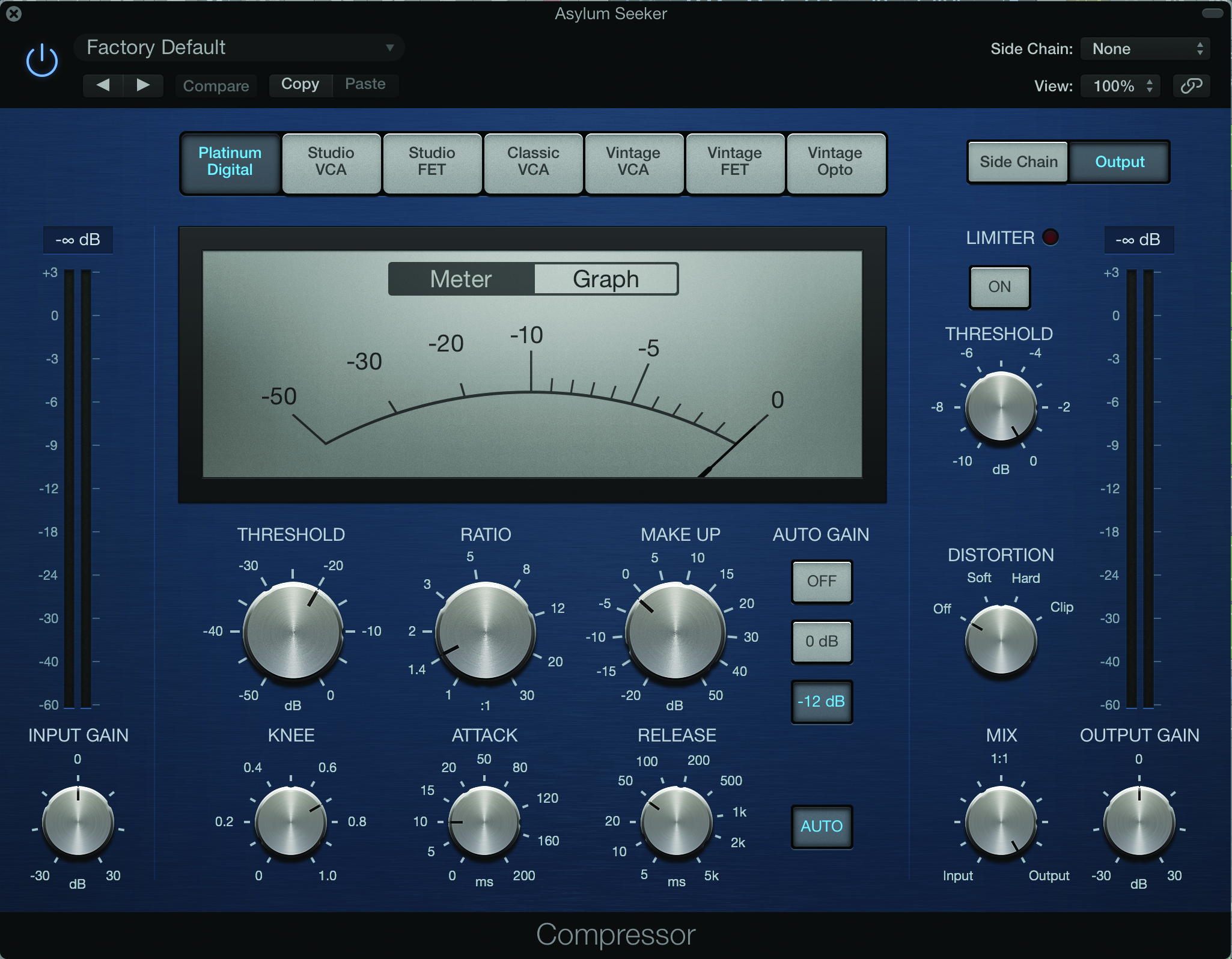
Use a compressor in your DAW mix for extra clout and power
Getting your levels right is not just about adjusting faders per channel. More subtle adjustments can be made with compression, while less subtle ones can be made with limiting.
In general, the entire mix is compressed and limited at the mastering stage, so don’t use this method so much in mixing. However, do consider applying compression to individual parts, so that your bass can pump and your snares can have more bite. Limiting helps cut out stray levels across the board, too.
7: Use References
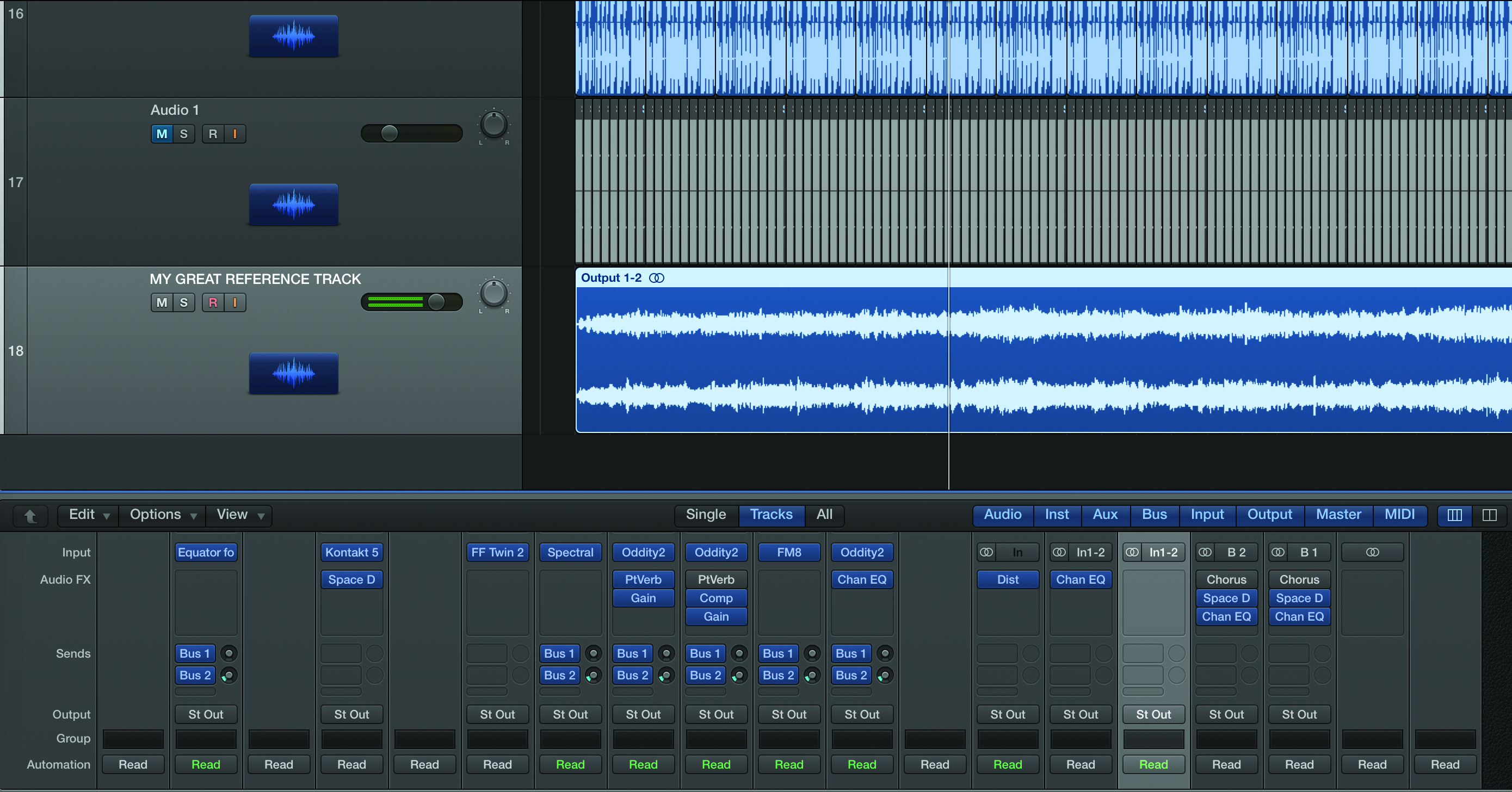
Juxtapose some reference material with your mix so you can compare your efforts with the best music out there
As well as using several different reference monitors to check your mix – see the boxout – you should remember to use musical reference material to check your mix against, too.
This could be as simple as loading in a similar type of music to the one you’re mixing as a reference point. You aren’t so much checking the volume here, as this will be done in the mastering process; it’s more the style and the mix. You can get a great idea on EQ types and levels here, too. How does their bass cut through the mix compared to yours?
Does your kick have as much clout? It’s a great way to learn from the pros, by just hearing their efforts side-by-side with yours. Beware, this can be a little depressing at first, but do bear in mind much of the extra shine comes from mastering, so don’t get too down.
8: Effects

Just because the effects are available, it doesn’t mean you should automatically use them
With effects, as with virtual instruments and synths, technology is spoiling us rotten. Back in the day (oh, don’t you just hate it when old timers say that?), you might only have had a couple of effects to use, so you had to make do with just those and nothing more… and this was not necessarily ‘a bad thing’.
Today, it’s tempting to smear effects across everything simply because you can, but the technology message is, once again, that it’s great to have it on tap, but use it sparingly. So don’t, for example, slather reverb on everything, or your mix will sound like it’s recorded in a cathedral, which could be a bad thing.*
* Unless you want it to sound like it’s recorded in a cathedral, in which case this could be a good thing.
9: Groups
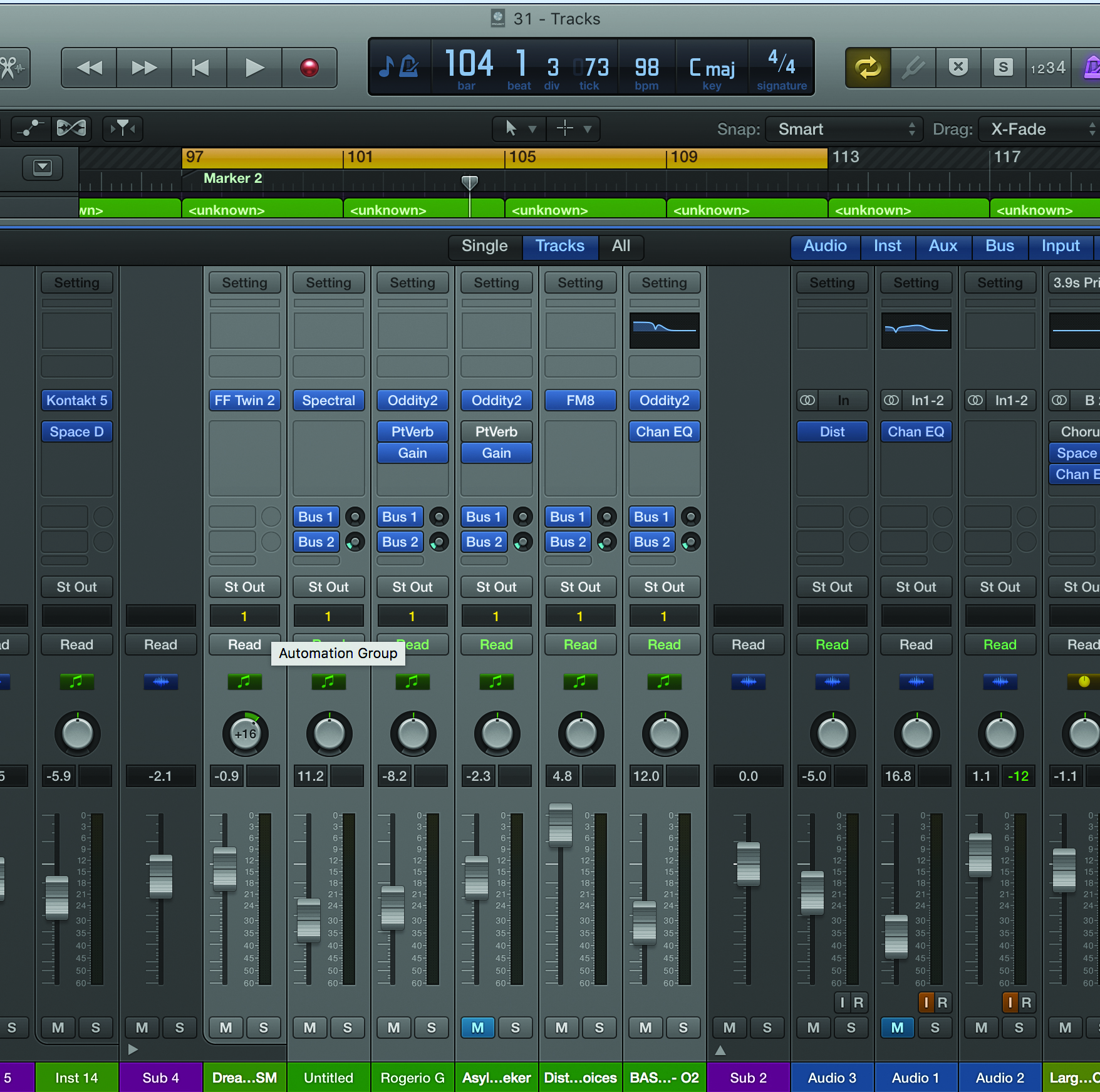
Grouping tracks together can save time, and allow changes to be made quicker. It’s also a quick, non-destructive way to apply experimental changes to whole portions of a mix
Grouping is a powerful feature. Your DAW should allow you to do this, so learn how to do it now! Grouping can save a lot of time and a lot of effort as, essentially, groups allow you to process several (usually similar) mix elements at the same time.
Your vocal harmonies, for example, might all use similar effects, so group them – as might your percussive elements. Then you can automate, mix, and process multiple tracks to your heart’s content…
10: Best Mixing Tip Ever?
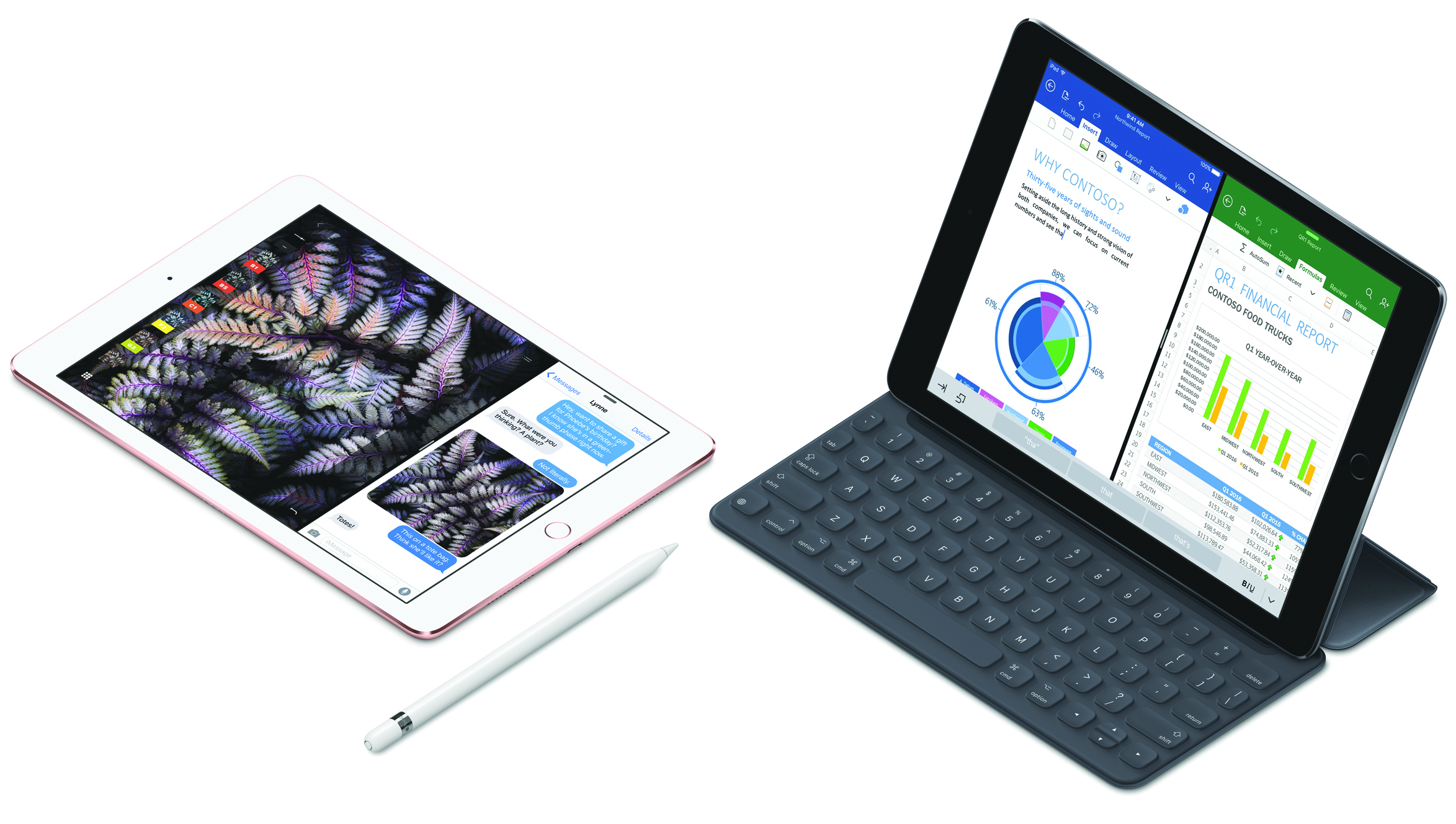
You need to make your mixes sound good on any device, including mp3 players and tablets. OK this way just an excuse to put a picture of the new iPad in this feature!
And the most popular mixing tip award goes to…
Listen to your mix on as many different systems as possible. And this top tip still holds true, today more than ever. People consume music on a vast array of different devices: from minute players and phones right up to high-quality recording studios, so you have to make sure your mixes sound as good as they can on as many of these as possible.
This means that as well as sounding great within the confines of your own studio and on your expensive monitors, they should also sound good through the headphones of your phone, compressed down to mp3; they should also sound great on the CD player in your car; and they should also sound great on your mate’s hi-fi. In the olden days, people even made them sound great in mono for radio play – it’s not so vital now, but if you can, then why not?